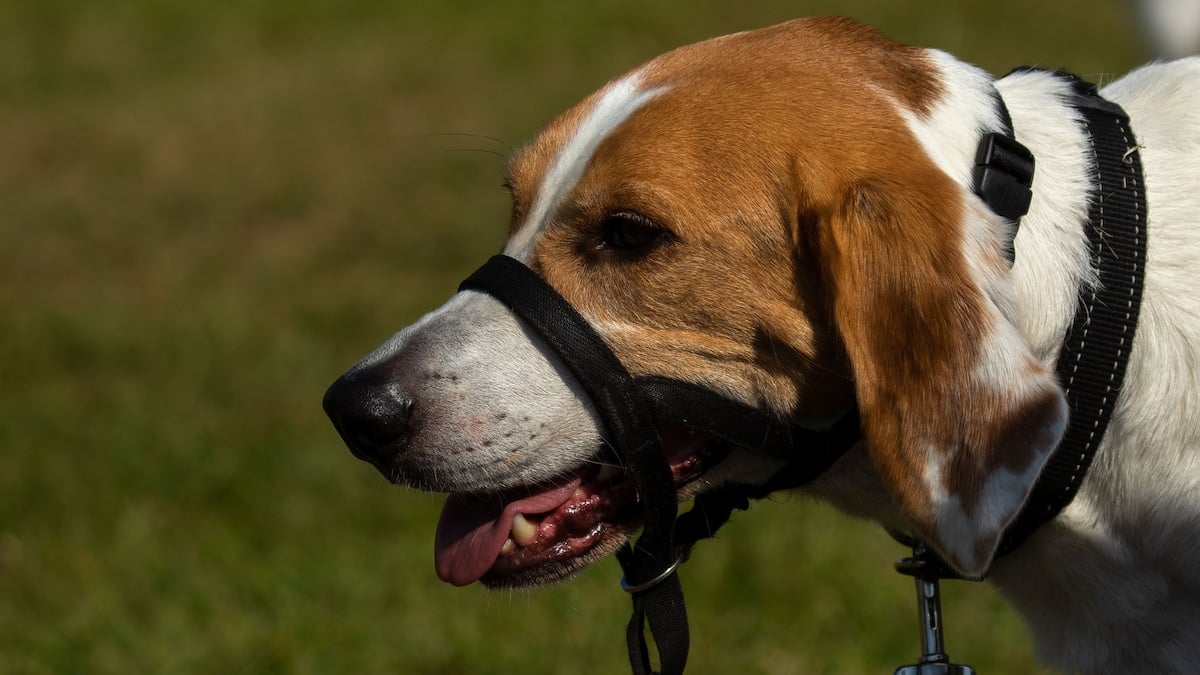
Collar Etiquette for Public Spaces: A Pet Owner's Insight
Share
For health-conscious pet owners, understanding collar etiquette for public spaces is crucial. Whether you're strolling through a busy park or navigating a crowded sidewalk, the way your pet wears its collar can affect not only your dog's health and comfort but also the safety and peace of mind of those around you.
Many pet owners don't realize the impact that improper collar use can have on their furry friends. A well-fitted collar is essential not just for identification and control, but also for your pet's overall well-being. As we explore the topic of collar etiquette, we'll dive into the types of collars available, their appropriate use, and how to ensure your pet is both stylish and secure.

Why Proper Collar Use is Essential
A collar is more than a decorative accessory; it's a vital tool for managing your pet in public spaces. A poorly fitted collar can cause a host of problems, from chafing and discomfort to more severe health issues like restricted breathing or neck injuries. According to Wikipedia, collars have evolved significantly, yet their primary purpose remains safety and identification.
Moreover, collars serve as a signal to others that your pet is domesticated and under control. This is particularly important in public areas where children and other animals are present. Knowing the right collar etiquette can prevent potential accidents and misunderstandings.
Choosing the Right Collar
Choosing the right collar involves more than just picking a color you like. It requires consideration of your pet's size, breed, and specific needs. There are various types of collars designed for different purposes:
- Flat collars: These are the most common and are suitable for everyday use.
- Martingale collars: Ideal for dogs with narrow heads, like Greyhounds, as they tighten when pulled, preventing escape.
- Harnesses: An excellent option for dogs prone to pulling, as it distributes pressure across the chest rather than the neck.
Our detailed guide on eco-friendly collars provides more insight into sustainable options that are safe for your pet and the environment.
Ensuring the Correct Fit
The fit of your pet's collar is paramount. A collar that's too tight can cause breathing difficulties, while one that's too loose might slip off. The general rule is to ensure you can fit two fingers between the collar and your pet's neck. For a detailed guide on measuring your dog's collar, visit The Equestrian.
Regularly checking the fit and condition of your pet's collar is part of responsible pet ownership. As your dog grows or changes weight, you'll need to adjust or replace the collar accordingly. Discover more on this topic in our article about collar warranties.
Training and Behavior Considerations
Training your dog to behave appropriately in public is as important as choosing the right collar. Dogs that are well-behaved and responsive to commands are less likely to pull or be aggressive, making the public space experience enjoyable for everyone. For those dealing with more challenging behaviors, such as aggression, our post on training collars offers practical solutions.
Additionally, understanding common training mistakes can prevent setbacks in your dog's behavior. For more insights, read about e-collar training tips and mistakes to avoid.

FAQ
What is the best type of collar for public spaces?
The best type of collar depends on your dog's specific needs and behavior. Flat collars are suitable for most dogs, but those prone to escaping or pulling may benefit from a martingale collar or harness.
How often should I check my dog's collar fit?
You should check your dog's collar fit regularly, especially if your pet is growing or gaining/losing weight. Adjust the fit as needed to ensure it's not too tight or too loose.
Can I use a collar for training purposes?
Yes, collars can be used for training, but it's important to use the right type and fit. Consult resources like our article on training collars for more information.
In conclusion, mastering collar etiquette for public spaces involves choosing the right collar, ensuring it fits properly, and training your dog to behave appropriately. By doing so, you'll ensure the safety and comfort of your pet and those around you, making public outings a positive experience for all.
This article contains affiliate links. We may earn a commission at no extra cost to you.
